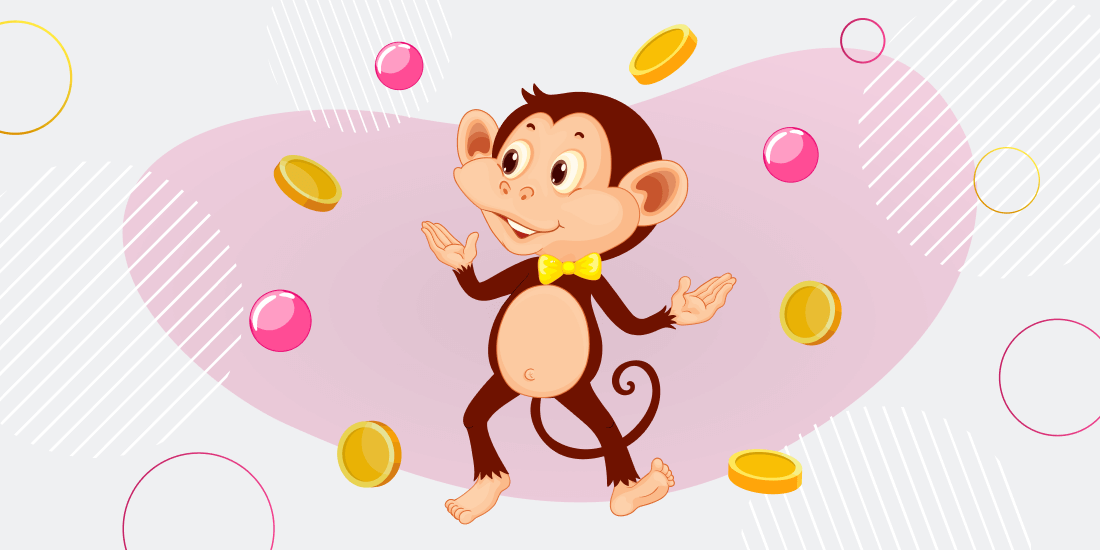
Plinko vs Pachinko: Understanding the Differences
When you are looking for an entertaining game to spend an afternoon with, both Plinko and Pachinko are great options. Still, due to some shared gameplay elements and similar-sounding names, many confuse the two games. While similar, both have their rules and gameplay that can offer a contrasting experience, with this article going over the main differences.
Overview of Plinko
Plinko is a game that caught popularity after appearing on the 80s show The Price Is Right. The mechanics of the game are simple: you should get the ball to fall in a winning slot to win. The game relied on fortune to determine whether you would win, which added to its engagement and exciting outcomes. With time, Plinko evolved from being just a show game to an online option, which made it available for a broader audience.
Overview of Pachinko
Pachinko is a game that originated in Japan and is a cross between a slot game and pinball. Created somewhere in the 1920s, it is common in Japanese arcades, with many people using it for fun and testing their fortune. The point is to get as many balls as possible to enter the “IN” and make your way to the jackpot. It is a colorful and visually engaging game befitting the Japanese culture, but its simplicity also made it a worldwide favorite.
Distinctive Features
Plinko and Pachinko are often confused, but there are some notable differences between the two. Players can determine where their paths cross or divide by looking at the mechanics, origins, cultural importance and more. Here is what you should know.
Origins and Cultural Significance
The origins and cultural implications of the games are likely the most noteworthy differences between the two.
-
Plinko: A US-born fortune game, Plinko made its first appearance in 1983 during the game show The Price Is Right. It is a symbol of excitement for people in the US, as it reminds them of the joy of watching this fortune show.
-
Pachinko: Like Plinko, Pachinko was also released in the 20th century, but earlier in the 1920s. It is a common pastime for Japanese people, especially with the time they usually spend at the arcades.
Gameplay Mechanics
Both Plinko and Pachinko rely on gravity to get the game going, but the mechanics are different.
-
Plinko: When playing Plinko, you drop a ball on a vertical board filled with pegs. The ball randomly bounces off the pegs as it goes down, landing in a pocket that holds a specific value. Your goal as a player is to land into the high-yielding ones.
-
Pachinko: Unlike Plinko, which shoots just one ball out, Pachinko sends out multiple small balls. The aim is for these balls to land into pockets, which can increase the number of balls you can shoot down. By hitting different pockets, you can get various tokens and potential jackpots.
Game Environment
The game environment is also different for Plinko and Pachinko.
-
Plinko: This is a game show segment that has evolved into a promotional or board game for specific events. While usually found in a casual setting (with a dose of TV excitement), many online casinos offer the digital version of Plinko.
-
Pachinko: This option is usually found in special parlors where you can see these machines in a row, surrounded by digital music. While some online versions of the game have been made, they are not as common as Plinko. Pachinko is usually played for recreational purposes but can also serve as a quasi-gambling activity.
Legitimacy
Legal restrictions can affect the legitimacy of casino games in certain countries, as follows:
-
Plinko: Plinko is available worldwide, but its legitimacy depends on whether the countries allow gambling. That said, most countries permit it when hosted on a legitimate, properly regulated platform.
-
Pachinko: Gambling is considered illegal in Japan, but Pachinko is an exception to that rule. The game is treated as an amusement activity where tokens are given in case of wins, and players can legally exchange those for money.
Player Interaction and Strategy
The interaction and strategy can affect the entertainment level and the control necessary to create a winning plan.
-
Plinko: Once you drop the ball on the board, there is little to no interaction with the game. The ability to create a strategy is also limited, as the ball falls randomly on the board, making it difficult to predict the outcome.
-
Pachinko: With Pachinko, you have more control, as you can set the force at which the balls are sent out. Like Plinko, it is still a fortune game, but this ability enables you to create some minor strategies that can potentially lead to a win.
Overview of Differences and Similarities
To make matters easier for you, we have placed the features in comparison, highlighting the differences between Plinko and Pachinko.
| Feature | Plinko | Pachinko |
|---|---|---|
| Origin | USA | Japan |
| Cultural Significance | It’s a symbol of American pop Culture after appearing on The Price is Right. | It is a staple of Japanese arcade games. |
| Gameplay | One ball is dropped down a pegged table, letting gravity do the rest. | Multiple small balls are launched into the machine at different speeds. |
| Objective | You should land the ball in a slot that yields the highest value. | You must send the balls in specific pockets to earn rewards. |
| Environment | It is often found at online casinos or game shows. | You can find it in specialized arcades with an immersive setting. |
| Legitimacy | It depends on the region but is usually accepted on legit platforms. | It is legitimate when used for entertainment purposes and the prizes are given indirectly (tokens). |
| Player Interaction | Little interaction is required, especially once the ball drops. | It gives you more control when adjusting the force of the balls. |
| Strategy | It enables limited strategizing power, as the drop is random. | You have a minor ability to create a strategy, based on the force used during launch. |
The Bottom Line
Both Plinko and Pachinko offer significant entertainment potential, with their origins reflecting the culture they came from. It is up to you to decide which one fits your entertainment goals best.
















